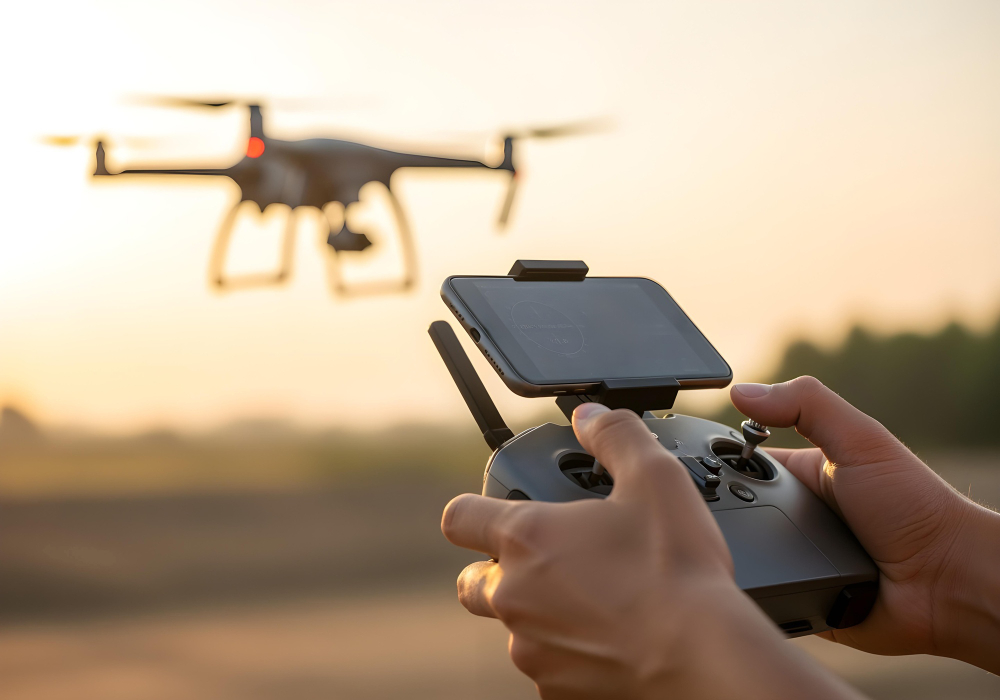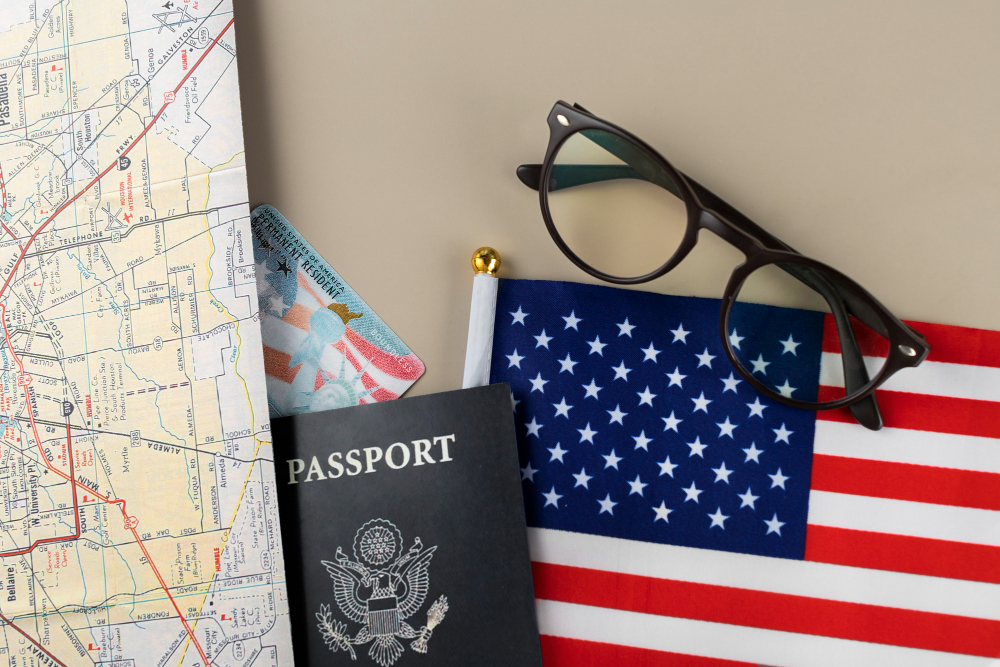Eligibility Criteria for FAA Part 107 Drone Certification
Before you can fly a drone for commercial purposes in the United States, you must first become certified by the Federal Aviation Administration (FAA) under Part 107. While the certification process is straightforward, not everyone automatically qualifies to become a commercial drone pilot. The FAA has set specific eligibility criteria that applicants must meet to ensure they are capable of flying safely and responsibly within the National Airspace System.

1. Age Requirement
To be eligible for a Part 107 Remote Pilot Certificate, you must be at least 16 years old. This age minimum is non-negotiable and is one of the first filters applied during the application and registration process. If you are younger than 16, you may still fly recreationally under different rules, but you cannot fly commercially or take the Part 107 exam until you meet this age requirement.

2. Language Proficiency
Applicants must be able to read, write, speak, and understand English. Since much of the FAA’s documentation, aeronautical charts, and airspace communications are in English, this requirement ensures that all certified pilots can interpret safety notices, understand regulations, and communicate clearly if needed during flight operations. This is especially important when operating near controlled airspace or in emergency situations.

3. Physical and Mental Fitness
Though there’s no formal medical exam required (unlike a manned aircraft pilot license), you must be in a physical and mental condition that allows you to operate a drone safely. This means you should have the motor skills, vision, coordination, and cognitive ability to perform drone operations without posing a risk to others. If you have any condition that could interfere with safe flight, you are required to self-assess and should not operate a drone commercially.

4. Pass a Background Check by TSA
To finalize your certification, the Transportation Security Administration (TSA) will perform a security background check. This is initiated after you pass your Part 107 knowledge test and submit your application via the FAA’s IACRA system. The check looks for any disqualifying criminal history or security concerns. Most applicants with clean records pass this step without issue.

5. Pass the FAA Part 107 Knowledge Test
Once the basic criteria are met, you must pass the Unmanned Aircraft General – Small (UAG) knowledge test at an FAA-approved testing center. This is not technically part of eligibility but is required to move forward with certification. The test includes 60 multiple-choice questions on topics such as regulations, airspace, weather, and emergency procedures.

6. Citizenship and Residency
You do not have to be a U.S. citizen to take the Part 107 test or receive certification. However, non-citizens may be subject to additional verification steps during the TSA background check. U.S. residents, whether citizens or legal aliens, are generally eligible as long as other criteria are met.
Meeting these eligibility requirements is the first step toward launching your drone career. If you qualify, you’re ready to begin preparing for the exam and exploring the many commercial opportunities available to certified drone pilots.


